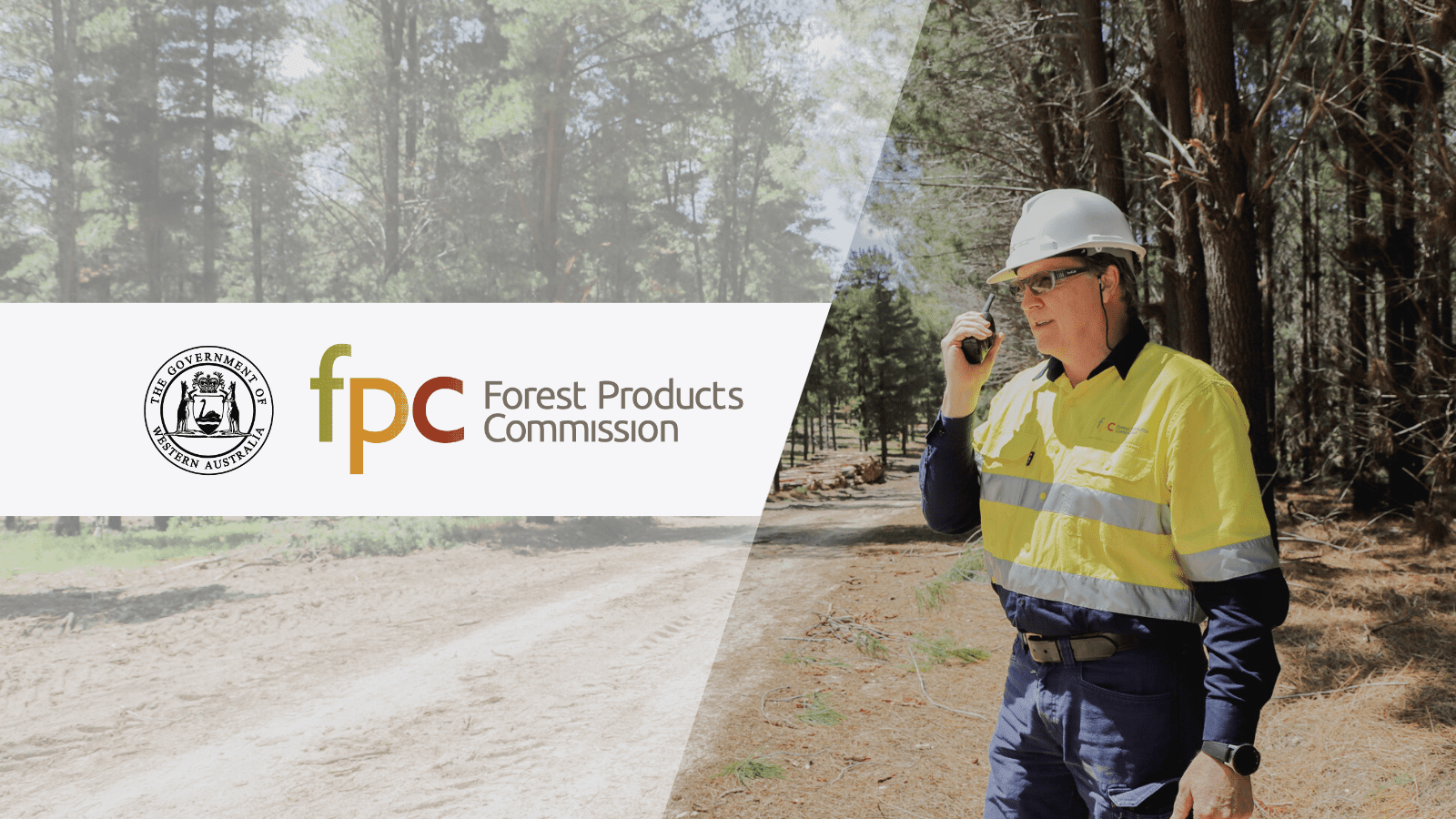Forestry companies are beginning to really think about how they can start capturing, storing and mining the rich data of experience for analysis and insight to help make better productivity and cost forecasting predictions.
I recently attended a forestry technology conference in South Carolina and was blown away by the advancements that have been made in forest inventory technology. UAVs, Lidar, mobile data, using virtual reality to put yourself in the forest, and the data collecting applications and hardware.… this technology made up over 90% of the conference.
At the end of the day, all this cool technology results in better inventory that provides us with better forest mensuration information – now being done in a new, innovative way.
Foresters around the world have been trained to sample forest species and growth, and in our tech world, we have made amazing progress in the ways in which we collect this essential forest data.
But what do we do with all this rich inventory data?
In forest resource planning, we use this information to forecast our forest growth, and to create harvest units that can be scheduled, with the goal of getting the desired species and products to markets.
Not unlike any other business in the world, Foresters and the forestry business is market driven. We work towards profits and staying within or under budget.
But how do we create an operating budget and forecast costs?
An issue I am seeing is that most of us apply estimated harvest and delivery costs on the harvest units.
The problem? These costs just scream ‘blah’ when applied to harvest units that have been carefully and meticulously digitized with our amazingly rich species and inventory data. We settle at applying average harvest rates simply based on treatment types, and average haul costs that may vary by geography.
The result? We have exciting data-driven growth assumptions in our planning forecast and bland costing forecasts. The unique harvest costing for units only seems to be important when execution is on the doorstep. It is only in this short window of time that a Forester applies an estimated harvest cost.
Can we not do this sooner?
Yes… we can!
And what data does a Forester need to apply a ‘better’ cost estimate?
It boils down to the variables that impact the type of harvest system required to operate the unit, as well as understanding machine productivity within the unit.
Essentially, we’re looking at what impacts productivity.
For Foresters, this is easy to articulate: difficulty of the terrain, slope, the season, weather conditions, tree piece size, variability, treatment type, crew experience… the list goes on.
Harvest machines have ‘ideal’ operating conditions for which they were designed and matching the right machine to the right conditions will result in better daily productivity.
It seems obvious, right? But doesn’t this also apply to harvest costs and how much you pay for that machine? In operations, time = money.
In an age where data needs to become more and more granular to stay ahead, some forestry companies are beginning to really think about how they can start capturing this information from Foresters’ minds based on their experiences and transforming and transplanting this into a data system.
In some inventory systems, foresters are collecting and dumping information into spreadsheets and maps on:
- season (ex. suitability for wet, dry, and transitional conditions),
- terrain difficulty such as slope and rockiness/softness,
- tree form, and
- uniformity or variability of piece size through classification processes.
As for machines, Foresters are becoming more concise with their descriptions of the equipment and creating matrices that show how well these systems perform when operating in the variables listed above.
But what is the value of this?
With this information, Foresters can assign harvest systems and specific crews to planned harvest units and get a much more accurate and detailed level of estimates on their operating cost and productivity assumptions.
This is a great start, but there is so much potential to improve this process since it relies on Foresters’ experience!
Imagine the possibilities for leveraging hand-held data collectors to gather more precise data on the variables that impact productivity and costs or having the ability to monitor productivity and cost more accurately by seeing planned versus actuals. Having a planning database of record to store and mine this rich data by analyzing and getting insight into historical records to make better productivity and cost forecasting predictions.
Just maybe, annual budget forecasting and machine decisions can be done better to match the level of rigor we have invested in capturing inventory data.
My advice
Get your experienced Foresters into a room with a whiteboard and hash it out. Ask your team:
What are the inventory and harvest unit variables that are needed to start applying more precision in your harvest system productivity and costs?
What information do you have readily available and organized in a structured datasource, and what are the gaps?
What are the harvest systems types you have?
Get them classified into logical groups to predict productivity windows against harvest unit variables and build a matrix.
Finally, test this matrix in this upcoming Budget Season, and monitor as you execute. You may be surprised by the performance changes you see!



